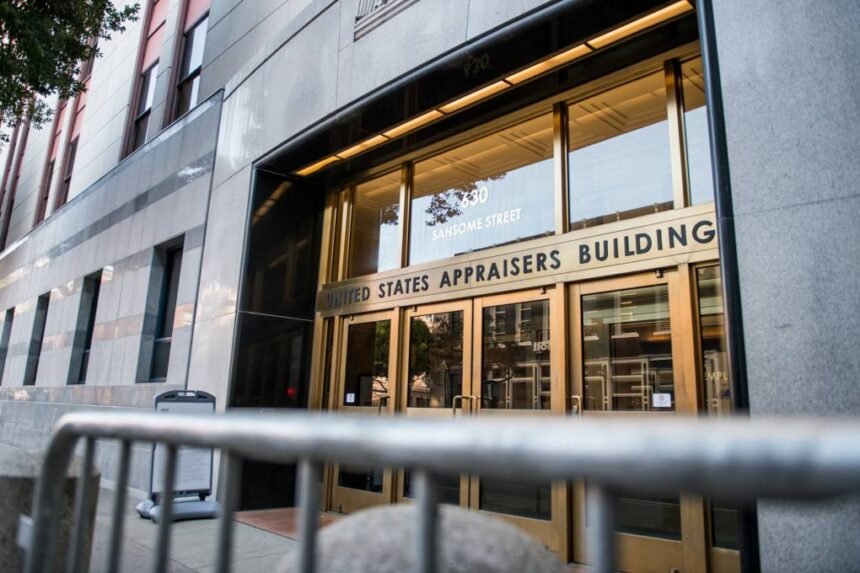Marks said it appears that the DOJ is going after judges with backgrounds in immigrant advocacy rights, private practice or public interest law, while those who rose through the ranks as prosecutors for the Immigration and Customs Enforcement Division of the Department of Homeland Security have kept their appointments. She called the pattern “distressing.”
Before being appointed to the court in May 2023, Brasil worked as a private practice immigration attorney, litigating pro bono cases throughout her career. Levine spent more than five years as an immigration attorney at Centro Legal de la Raza and the Immigration Institute of the Bay Area in the East Bay. Dillon served as an attorney advisor at Los Angeles’ immigration court and another fired judge, Jami Vigil, previously worked as a court-appointed counsel for immigrant families for eight years.
When Marks was appointed in 1987, the federal court system was undergoing a transformation, she said.
Before the 1980s, many immigration judges were career Department of Homeland Security prosecutors who were “rewarded for their productivity” with a court appointment. But, “when I was recruited, and when others followed me, there was an effort to balance the court so that there were both immigration prosecutors and immigration defenders,” she told KQED.
Marks was the 68th person to be appointed as an immigration judge in the country. Now, there are more than 600, many of whom previously defended immigrants in the courts they now oversee.
“That’s much more appropriate with regard to reflecting public attitudes towards immigration and towards the knowledge base and sophistication and professionalism that the court was trying to achieve,” Marks said.
The recent changes, she fears, reflect backsliding within the system.
In August, the DOJ lowered the prerequisites to qualify for temporary judge positions, removing the requirement that candidates have prior immigration experience. The following week, the federal government authorized 600 military lawyers to serve as temporary immigration judges, NPR reported.
“Immigration law is routinely considered to be second in complexity to tax law,” Marks said. “To hire someone with no immigration law experience seems very, very unfair, counterproductive [and] undermining the integrity and respect that the immigration judge core deserves.
“I fear it will have lasting consequences. And none of them good.”
Even before the firings, U.S. immigration courts had growing case backlogs as ICE enforcement efforts ramped up under the Trump administration. New temporary judges who don’t understand the nuances of the immigration field, and don’t have time for training or mentorship, will likely work more slowly and could make more errors, Atkinson said.
Both she and Marks said this could extend already long wait times for court dates and increase the number of erroneous rulings that end up in appeals court.
Atkinson believes the changes could further deter asylum seekers from pursuing their cases if they cannot afford representation on appeal or understand the filing timeline to do so. Advocates have already been raising alarms that ICE agents are making previously unprecedented arrests in the halls of immigration courts and outside ICE field offices when people reported to mandatory hearings or check-in appointments, a move they say is meant to scare asylum seekers into missing these appointments and losing their case.
“Every barrier at every stage is going to mean more and more asylum seekers are going to be put at risk of being removed and deported because they didn’t have the opportunity to present their case in front of a fair and unbiased judge,” she told KQED.







